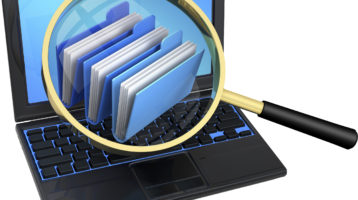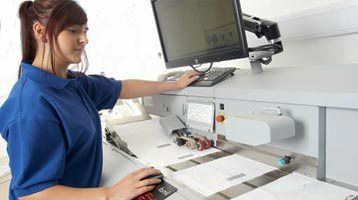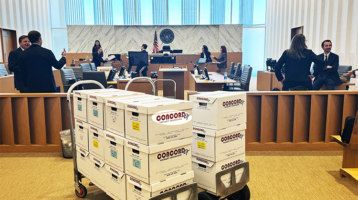5 Law Firm E-Discovery Models: Which Is Right for You?
The model your law firm chooses makes all the difference when it comes to profitability and the bottom line.
“Efficient e-discovery” sounds like an oxymoron to most people; the two words don’t belong in the same sentence. Or do they?
In addition to the intrinsic challenges of the e-discovery process, the power struggle between in-house counsel, law firms and e-discovery partners can make it that much more difficult to manage.
But each unit brings strengths to the table and a collaborative approach, regardless of the business model your law firm employs, is the ideal scenario when it comes to this critical area of litigation support, according to Mary Pat Poteet of Poteet Consulting, the former director of litigation support at DLA Piper and a national e-discovery expert. She discussed the challenges and benefits of five e-discovery business models during a standing room only session at Relativity Fest, kCura’s annual user conference, in Chicago
But before deciding on the right model, law firms need to evaluate the goals of the department: Does it want to be cost center, provide cost recovery or be a profit center? Distinguishing between the three makes a major difference, she said.
“More law firms, at a minimum just want to recover the cost of the staff, the lit support team. I think that’s pretty short sighted,” Poteet said. “I do believe that the work that is provided by the e-discovery team is significant. The firms should be getting some profit off of that work.”
And yes, size does matter. The size of the law firm makes a difference when it comes to choosing the right e-discovery business model given that small and large firms’ in-house resource pools look very different.
“For smaller firms, the culture is not to bring a lot of people in house,” Poteet said. “They want to run lean and mean and usually tend to use a hosted model.”
A hosted model typically means utilizing cloud-based services such as software-as-a-service (SaaS) or infrastructure-as-a-service (IaaS) for e-discovery needs.
Getting buy-in from the top and assessing potential buy-in is another factor that needs to be considered. Chances are, if your law firm isn’t investing in basic resources like Microsoft Exchange or Lotus Notes, they aren’t going to invest in more sophisticated technologies.
“You need to be able to talk to the people that control the purse strings. Will your law firm invest in certain technologies? Do they use the current mail exchange? Are they using Exchange? Lotus Notes? If they aren’t investing in that, chances are they are not going to invest in anything else,” Poteet said.
The Business Models and What’s Best for Your Firm
The primary e-discovery business models for law firms today are: all in house; SaaS-based; hybrid in-house; full managed services; and IaaS.
While keeping e-discovery completely in-house provides more control over data and the ability to provide customized services, the downside is reliance on IT for server support, cost of employee specialized talent, and cost of infrastructure, which can be significant.
“IT is going to be your best friends. They are going to make sure your servers are up to make sure you have no downtime for your attorneys and paralegals,” Poteet said. “If you’re running Relativity, it can be server heavy. Infrastructure is a much bigger cost than any software license you will buy so it is important that you have the IT to support that structure.”
In a SaaS-based model, you are renting the software from a service provider.
“This is great if you can’t get any buy-in in-house. You don’t need to be best buddies with your IT team,” Poteet said. “You can provide a lot of different type of solutions. If for some reason someone doesn’t want to use Platform A, there is always Platform B to fall back on.”
The downside is you have no control over the user experience and less control of the software configuration and security.
“Not every service provider is created equally; you have some that are very conservative and then you have others whose password is ‘password1234,’” Poteet said. “You need to make sure that your service providers are up to date on security protocols and need to know what they are doing. That is a lot of onus on you. And if it’s outside of the U.S., it’s even more important.”
A hybrid in-house model allows for more control over data, but potentially inconsistent levels of service, reliance on IT for server support and higher costs associated with hiring specialized talent, she added.
The upside of an IaaS-based model includes no capital for technology and no reliance on IT for server support, in addition to the ability to provide better services for users and having complete control over the services provided, she Poteet explained.
Although this model has an inherent lack of control over the server and cost recovery challenges with split services and technology, Poteet said she advised a client who recently implemented an IaaS model, which has proven to be a successful decision for the firm.
“They didn’t have to invest in their own hardware. They didn’t have to worry about updates,” Poteet said. “But you still want IT to be your best friends.”
Call CONCORD today
(800) 246-7881
We can provide the right vehicle for your E-discovery voyage. Relativity, Concordance, Viewpoint, Disco, or Summation


